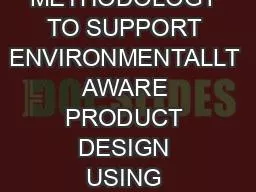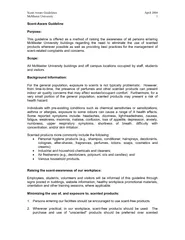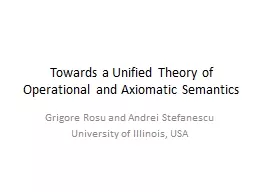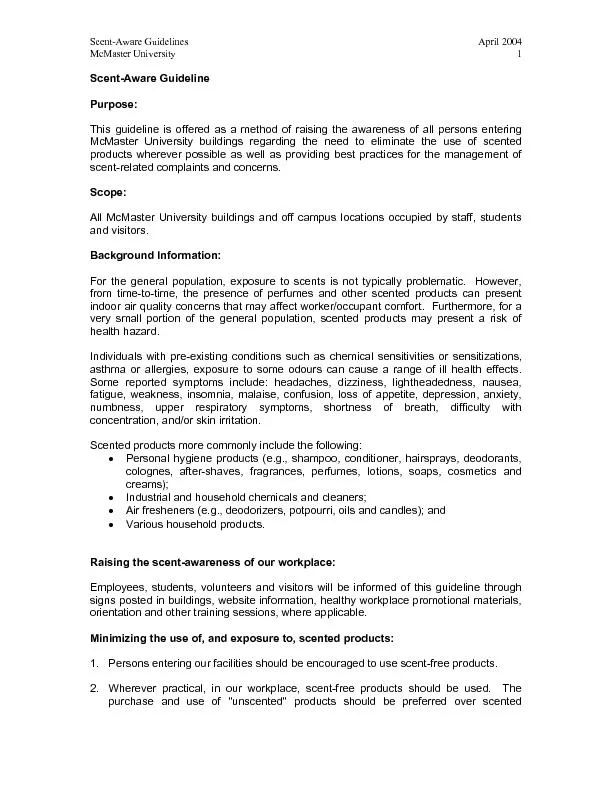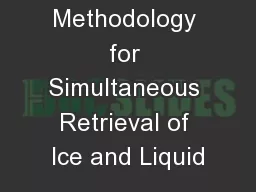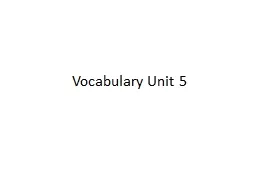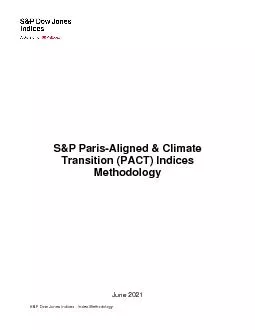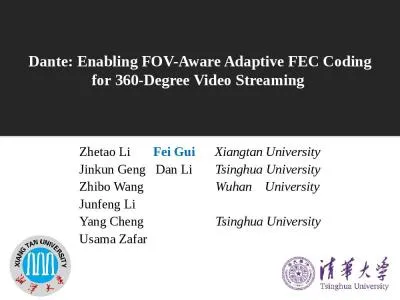PPT-METHODOLOGY TO SUPPORT ENVIRONMENTALLT AWARE PRODUCT DESIGN USING AXIOMATIC DESIGN:
Author : contera | Published Date : 2020-07-01
eAD KAIST Industrial and Systems Engineering Mijeong Shin James Morrison and Hyo Won Suh IDETCCIE 2010 DETC2010VIB29171 CONTENTS Background Necessity and Trend
Presentation Embed Code
Download Presentation
Download Presentation The PPT/PDF document "METHODOLOGY TO SUPPORT ENVIRONMENTALLT A..." is the property of its rightful owner. Permission is granted to download and print the materials on this website for personal, non-commercial use only, and to display it on your personal computer provided you do not modify the materials and that you retain all copyright notices contained in the materials. By downloading content from our website, you accept the terms of this agreement.
METHODOLOGY TO SUPPORT ENVIRONMENTALLT AWARE PRODUCT DESIGN USING AXIOMATIC DESIGN:: Transcript
Download Rules Of Document
"METHODOLOGY TO SUPPORT ENVIRONMENTALLT AWARE PRODUCT DESIGN USING AXIOMATIC DESIGN:"The content belongs to its owner. You may download and print it for personal use, without modification, and keep all copyright notices. By downloading, you agree to these terms.
Related Documents

